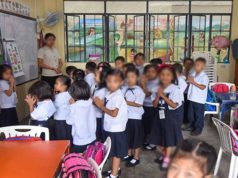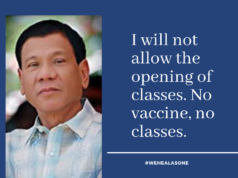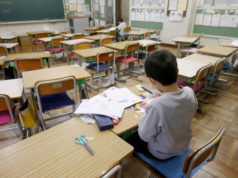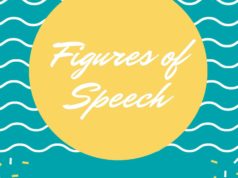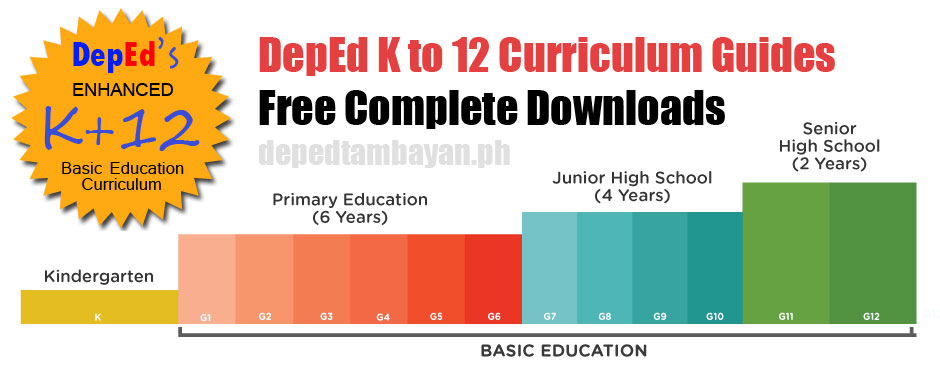Sociocultural
- relating to, or involving a combination of SOCIAL and cultural factors (Miriam Dictionary)
- The system is “a collection of parts which interact with each other to function as a whole.
Vygotsky’s Sociocultural Perspective
- Lev Semenoch Vygotsky elaborate on the sociocultural theory of development, his ideas about language, culture, and cognitive development.
- Emphasizes the role in the development of cooperative dialogues between children and more knowledgeable members of society.
- The child learns the culture of their community (ways of thinking and behaving) through these interactions.
- Culture shapes cognitive development by determining what and how the child will learn about the world –the content and progress of thinking.
- Vygotsky suggested that children’s cognitive development is fostered by interactions with people who are more capable or advanced in their thinking (teachers and parents)
- He also focused on the connections between people and the sociocultural context in which they act and interact in shared experiences.
- Humans use tools that develop from a cultural, such as speech and writing to mediate their social environment
- co-constructed process – during shared activities between the child and another person then internalized by the child and become part of that child’s cognitive development.
3 Major Themes
1) Social Interaction
– social learning anticipates development.
– every function in the child’s cultural development appears twice
a) social level or between people (intrapsychological)
b) individual level or inside the child ( interpsychological)
– children are curious and actively involved in their own learning and the
discovery and development of new understanding.
2) More Knowledgeable Other (MKO)
– this refers to someone who has a better understanding or a higher ability level than
the learner, with respect to a particular task, process, or concept.
– a child’s peers or an adult’s children maybe individuals with more knowledge or
experience.
Examples:
- Teachers * adults
- Advanced students * computers
- Siblings
3) Zone of Proximal Development (ZPD)
– the learners already know (do not teach; too boring)
– the learner is not yet ready or able to learn ( do not teach: too difficult )
– it is what the learner could understand with guidance (do teach; exciting,
challenging)
– is the teaching between the boring and the impossible. It is here scaffolding from
the teacher or a peer can support learning.
Example:
Reading a book with a child ( teacher and child )
They are reading the words of the book out to you as you follow along. They come across a word that is unfamiliar to them and ask help. Instead of directly telling them the word, show them pictures of asking them questions about what they just read. They will figure the word out on their own and come to understand what the words on their own. The learner will later learn to do it themselves first before asking for help.
- Both Piaget and Vygotsky emphasized the importance of social interactions in cognitive development.
Theory about COGNITIVE DEVELOPMENT |
|
Piaget |
Vygotsky |
| * saw a different role for interaction, he believed that interaction encouraged development by creating disequilibrium- that is, cognitive conflict motivated to change.
* most interaction where those between peers, because peers on an equal basis and can challenge each other’s thinking (playmates with the same age) |
*children’s cognitive development is fostered by interactions with people who are more capable or advanced in their thinking (parents and teachers) |
Cultural Tools and Cognitive Development
1) Technical Tools in a Digital – (printing process, plows, rulers, abacus, graph paper,
mobile devices, computers, the internet, real-time translators for mobile devices and
chats, search engines, digital organizers and calendars assistive.
– this can be used to facilitate learning within the ZPD
– students can use an endless amount of resources.
2) Psychological Tools – signs and symbol systems such as numbers and mathematical system.
– it changes the thinking process. This symbol system is passed from adult to child and from child to child through formal (school) and non-formal (peers) interactions and teaching
The Role of Adults and Peers – He believed the child is not alone in the word ‘discovering’ the cognitive operations of conservation or classification.
– the idea is that the children use the help for support ‘scaffolding’ while they a firm understanding that will eventually allow them to solve the problems on their own.
Assisted Learning – this suggests that teachers need to more than just arrange the environment so that students can discover on their own.
– this requires from the students what is needed; then giving information, prompts, reminders and encouragement.
Piaget |
Vygotsky |
|
| Represents an ability to take the perspective of another and engage in reciprocal communication. | Represents externalized through the functions is the communication with the self for the purpose of the self, guidance, and self-direction | |
| Course of Development | Declines with age | Increases at younger ages and then gradually learn its audible quality to become internal verbal thought |
| Relationship to Social Speech | Negative; least socially and cognitively mature children use more egocentric speech. | Positive, private speech develops out social interaction with others. |
| Relationship to Environment Contents | Increases with task difficulty. Private speech serves a helpful self-guiding function in situations where more cognitive effort is needed to reach a solution. |

